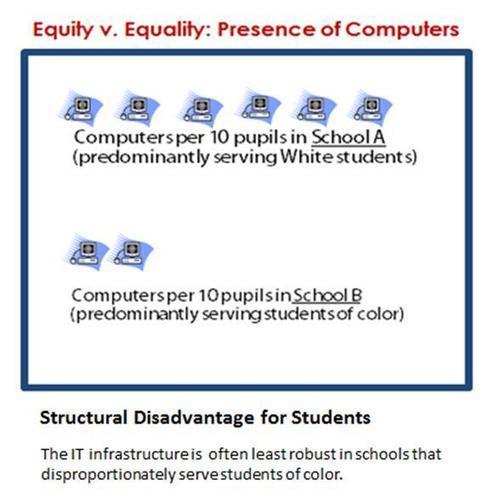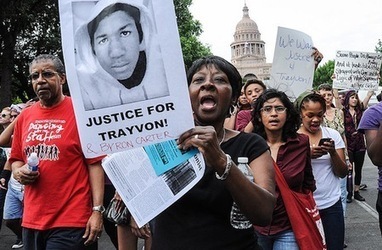In isolation, incidents of racism often appear to be outliers from the norm, anomalies, a deviation from the way people really think and believe.
First off, the local or national news doesn’t cover issues of racism around the country with any degree of thoroughness or consistency unless it’s an enormous national story or if the story happened locally. Secondly, even when they do get covered, the chance of you happening to hear the story or see the tweet is small. Consequently, it’s easy to assume that if you don’t hear about it, it’s just not happening.
So, when students at Lincoln University in rural Pennsylvania found “NIGGER” spray painted on the entrance sign of the school last week, it was only covered by local media in Pennsylvania and a few very select outlets specializing in news for African Americans. Apparently, this is the pattern for incident after incident on college campuses all across the country.
The Journal of Blacks in Higher Education, which I am guessing that 99.9 percent of you don’t read on a regular basis, has catalogued every documented and verified incident of racism on college campuses over from 2011 to 2015.
– Click through for more –
Source: www.dailykos.com








